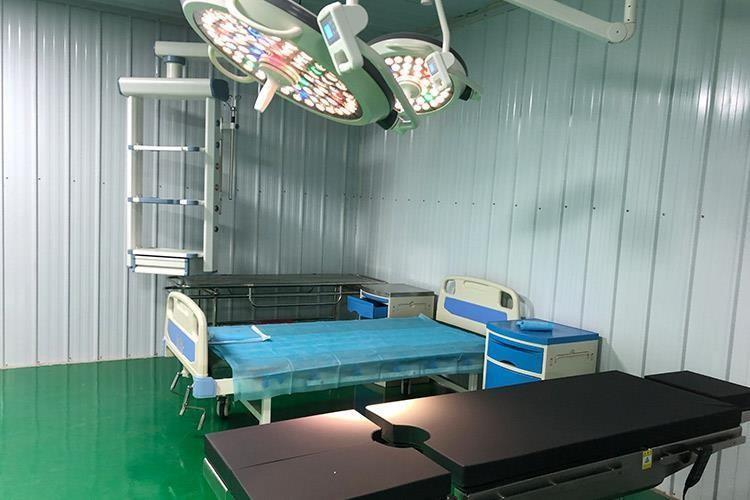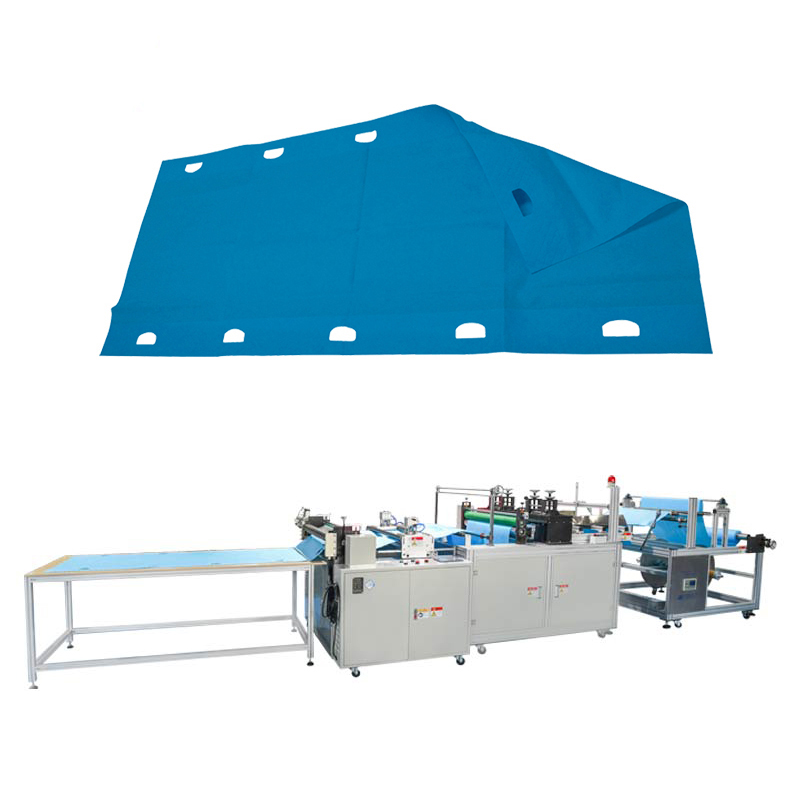I don’t know if you have ever heard of this, but medical mobile slides are used to smoothly and easily transfer surgical patients, to prevent injuries caused by dragging, pulling, and pulling during bed transfer. They are especially suitable for critically ill patients undergoing head, neck, and spine surgeries, joint replacement surgeries, and patients who need intubation for high safety requirements, and cannot be easily touched. Next, I will introduce the three major functions of medical mobile slides in detail.

Three functions of disposable medical mobile slides:
1: Save manpower and material resources, only 1-2 people are needed to quickly move the patient to the bed. The original bed transfer must be completed by 4-5 people, and the arm strength of the bed transfer personnel is relatively high, which is very complicated. However, after using the mobile slide, these unnecessary losses can be greatly reduced and labor can be liberated;
Second: Patients do not move. For example, patients with fractures or patients after surgery may not be touched or moved due to physical pain or drainage tubes after surgery, so as to avoid secondary harm to patients. However, after using disposable medical mobile slides, we can find that patients do not need to be moved at all, and the transfer policy can be completed smoothly, which is also very beneficial to patients;
Third: Effectively avoid secondary harm. The previous transfer method uses multiple people in different positions. According to the experience of the movers, different sizes are selected to carry and move. In this way, patients are likely to experience discomfort, and there may be harm to patients due to some carelessness of the movers. However, with medical mobile slides, it is different. It allows all patients to pass the bed and easily complete the transfer process.
We should also pay more attention when using medical mobile slides. For example, the height of the equipment must be adjusted to be consistent during transfer. Even if there is a height difference, it should be within 15cm. If there must be a distance between the lathe/bed/table, it should be within 10cm to avoid unnecessary accidents caused by too far distance.

Prev:Wolkon: Solve the after-sales problems of mask machines for you